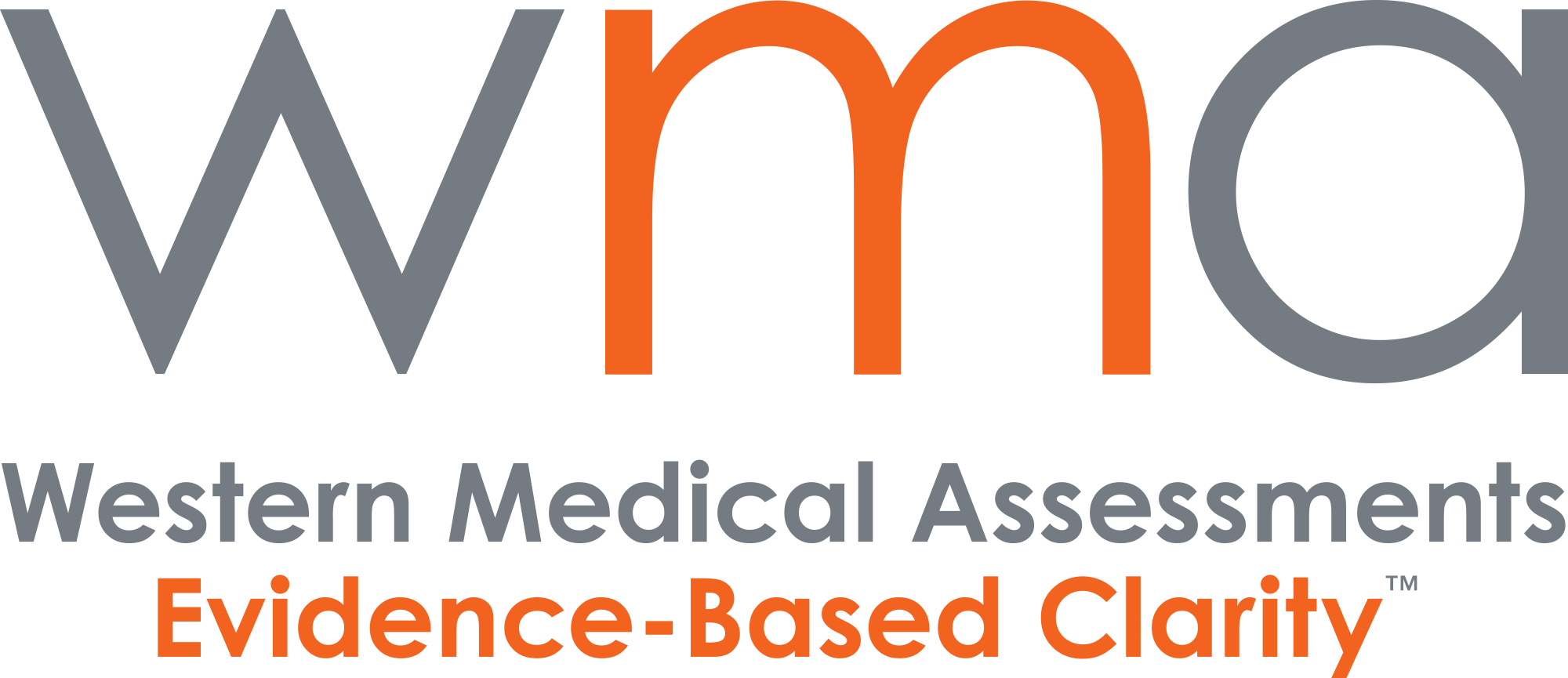October 21, 2024 from HRD Canada

A new study by the Institute for Work & Health (IWH) and the Occupational Cancer Research Centre (OCRC)reveals that Ontario workers injured on the job are more prone to opioid-related harms, including poisonings and dependence, than the general workforce.
Increased Risks for Injured Workers
The research analyzed data from 1.7 million Ontario workers with lost-time compensation claims between 1983 and 2019. According to the study:
- Injured workers are 2.4 times more likely to visit emergency departments for opioid poisonings compared to the general working population.
- Hospitalization rates for opioid-related harms are 1.5 times higher among injured workers.
The study defines opioid-related harms as including poisonings, withdrawal symptoms, mental health disorders, and dependence.
“Our results suggest that work-related injuries are associated with increased future risk of opioid harms,” said Jeavana Sritharan, OCRC scientist and co-author of the study.
Occupations at Greatest Risk
Certain industries are disproportionately affected by opioid harms. Physically demanding sectors such as construction, forestry, and materials handling showed the highest risk levels. For example:
- Emergency department visits for opioid poisonings in the construction industry were three times higher than the general population.
- Workers involved in excavating, paving, and grading faced higher risks than those in lower-risk trades like electrical work.
Other high-risk occupations included:
- Nursing aides, janitors, security guards, and chefs
- Manufacturing jobs related to mineral, metal, and chemical processing—where opioid poisoning rates were 2.7 times higher than average.
According to Nancy Carnide, IWH scientist and study co-author, the findings reflect not just the nature of physically demanding jobs but also the challenges of recovering from work-related injuries.
Implications for Prevention and Policy
The researchers used data from Ontario’s Occupational Disease Surveillance System (ODSS) to track opioid-related harms between 2006 and 2020, focusing on hospitalizations and emergency department visits. These insights, the study suggests, can guide policymakers and workplaces to implement more effective prevention and harm reduction strategies.
“These results can be used by policymakers and workplaces to target prevention and harm reduction activities,” Carnide explained.
The study emphasizes that the elevated risks are specific to previously injured workers and may not apply to all workers in these occupations. Other contributing factors, beyond workplace injuries, may also increase opioid-related harms.
=================================================================
Considering an IME or document review to resolve an insurance claim, legal file, or workplace health and safety issue?
Our specialists provide evidence-based opinions, so get in touch with Western Medical today to learn more about our services.

